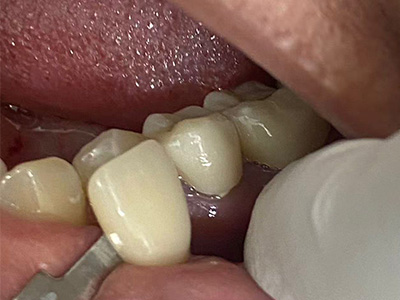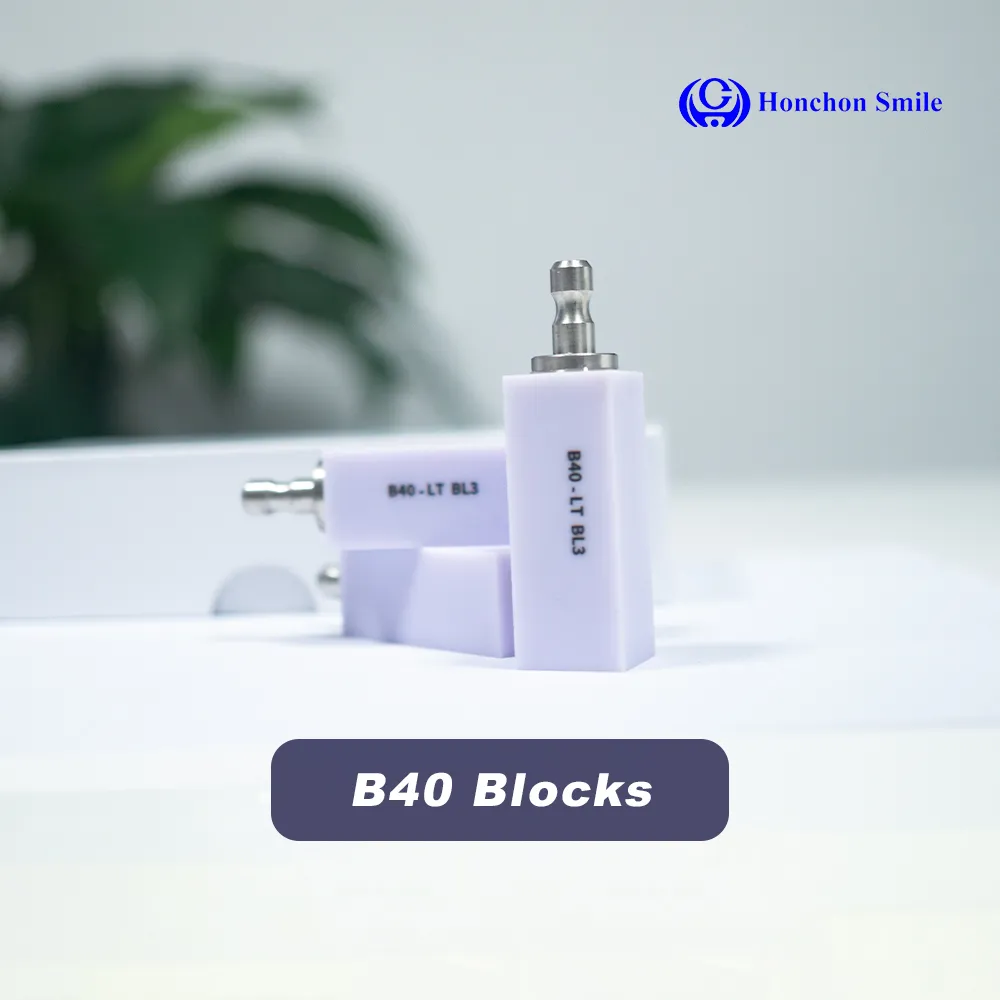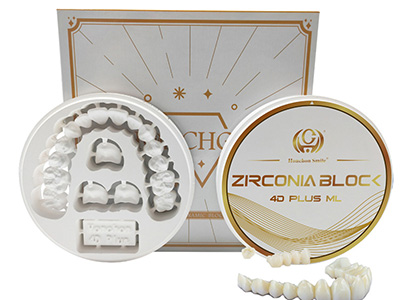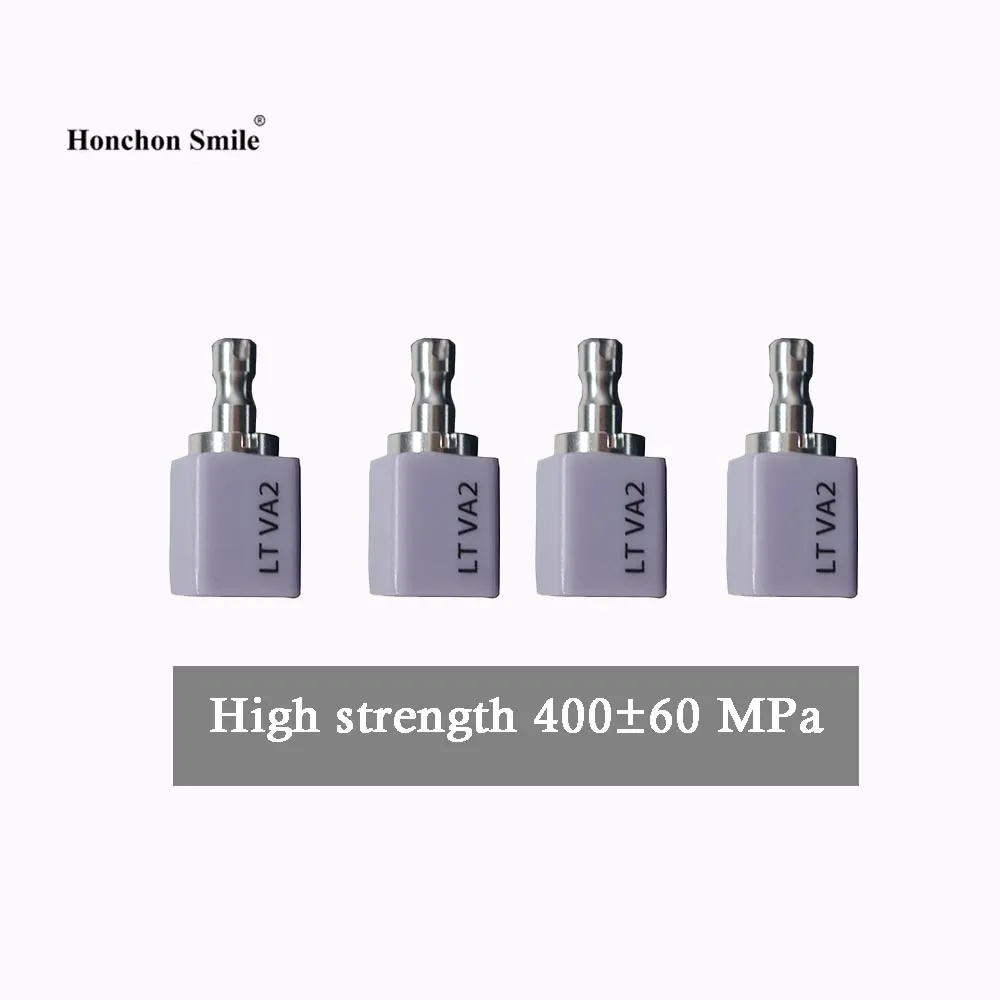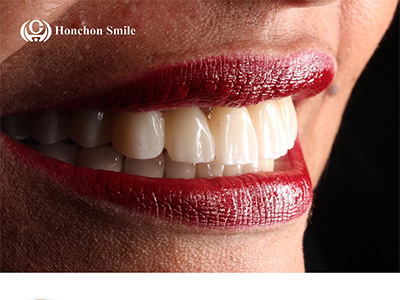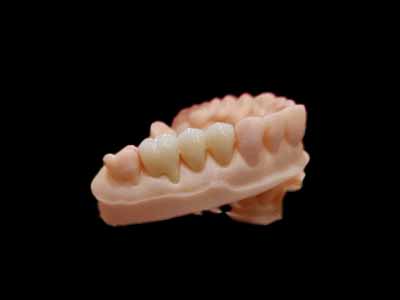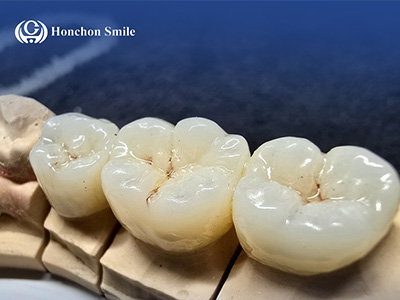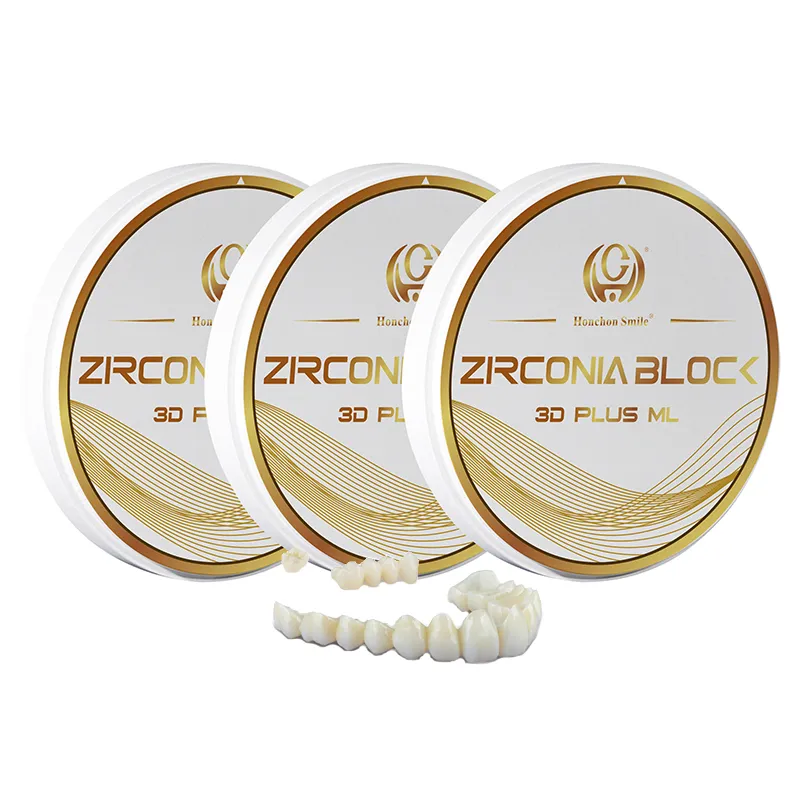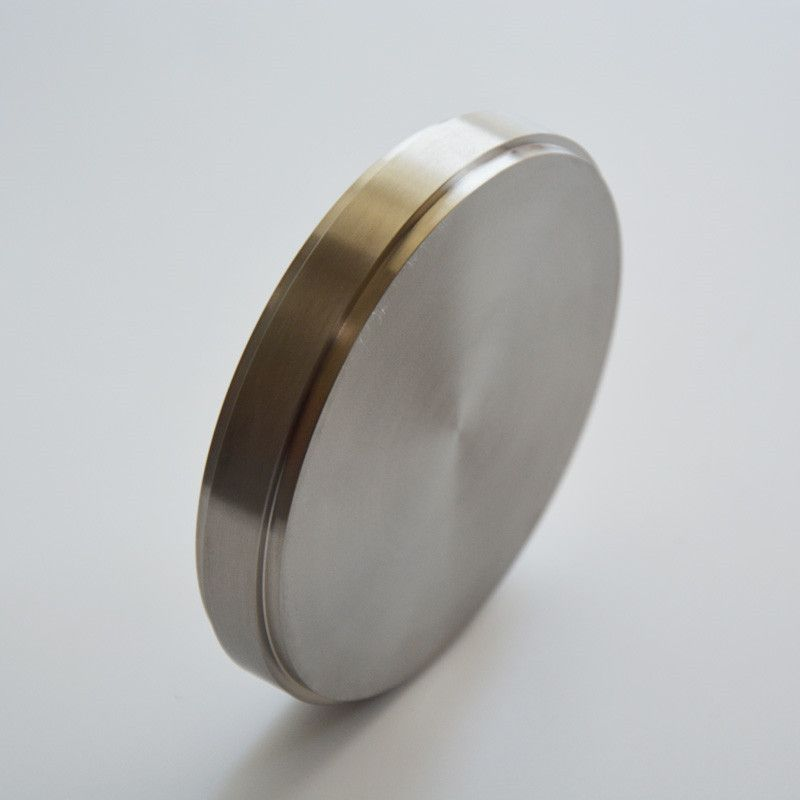A Practical Guide to PMMA in Dentistry: Uses, Benefits, and Drawbacks
2025-06-05
PMMA, or polymethyl methacrylate, is a commonly used material in dentistry thanks to its versatility, affordability, and biocompatibility. It is especially popular for temporary restorations such as crowns, bridges, and dentures, but its use goes far beyond that. From impression trays to orthodontic retainers, PMMA has proven to be a practical and reliable option for many dental procedures.
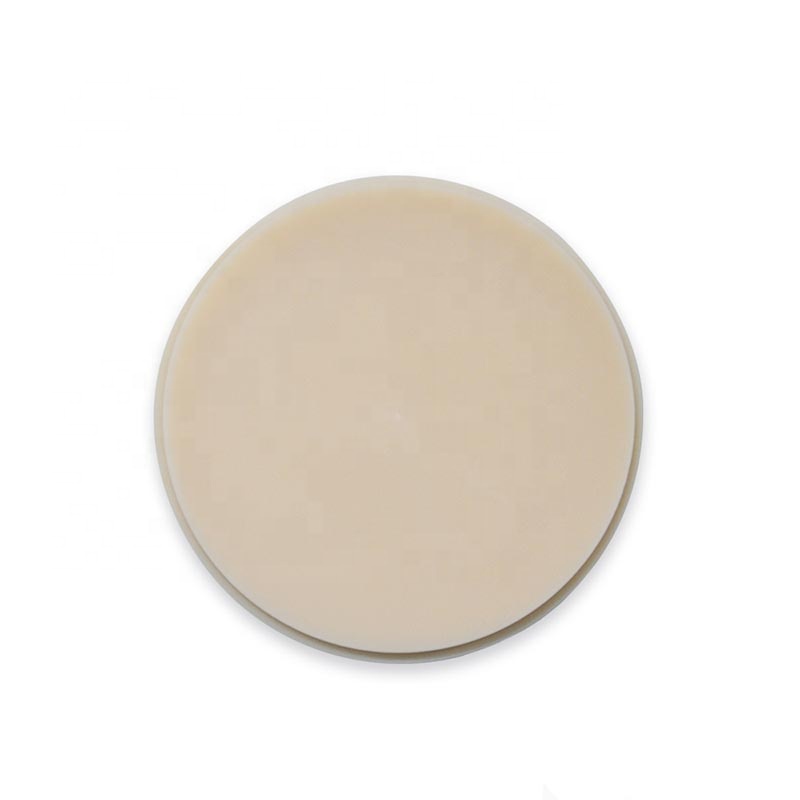
Common Applications of PMMA in Dentistry
1. Prosthodontic Applications
Temporary Crowns and Bridges
PMMA can be milled quickly and accurately, making it ideal for short-term restorations while waiting for permanent ones.Dentures
Both the base and artificial teeth of dentures can be made from PMMA. It offers a good combination of strength and appearance.Obturators
PMMA is used in devices designed to close gaps in the mouth caused by surgery or trauma.Orthodontic Retainers
Custom-fit PMMA retainers are used to help maintain tooth position after orthodontic treatment.
2. Other Applications
Custom Impression Trays
PMMA provides the rigidity and precision needed for accurate dental impressions.Occlusal Splints
Often used to manage teeth grinding (bruxism), PMMA splints offer a customized fit and comfort.Prosthesis Repair
PMMA is useful for making quick repairs or adjustments to existing dental restorations.
Benefits of PMMA
Lightweight
PMMA has low density, making it comfortable for patients wearing removable prosthetics.Aesthetic Appearance
It can be tinted to match natural tooth shades, which is helpful for temporary or cosmetic restorations.Affordable
Compared to materials like zirconia or ceramics, PMMA is more economical, making it accessible to a wider range of patients.Easy to Work With
PMMA can be milled, pressed, or even 3D-printed, offering flexibility for dental labs and clinics.Biocompatible
It is generally safe and well-tolerated by patients, with minimal risk of allergic reactions.
Limitations of PMMA
Lower Durability
PMMA does not have the same strength or wear resistance as zirconia or porcelain, and may discolor over time.Water Absorption
It can absorb moisture, which in some cases may lead to warping or fractures, especially in long-term use.Lower Fracture Strength
PMMA is not ideal for areas of the mouth that experience high bite forces, like molar regions.
Recent Developments in PMMA
Enhanced PMMA Materials
Researchers are improving PMMA by adding fillers or cross-linking agents to make it stronger and more resistant to water.Digital Milled PMMA
With the rise of CAD/CAM systems, pre-shaded, multilayered PMMA blocks are being milled into highly aesthetic and accurate restorations.
Final Thoughts
PMMA remains an important material in modern dentistry. Its ease of use, reasonable cost, and patient-friendly properties make it a solid choice for temporary and some long-term dental applications. As technology continues to evolve, so do PMMA materials—offering better performance and aesthetics than ever before.


